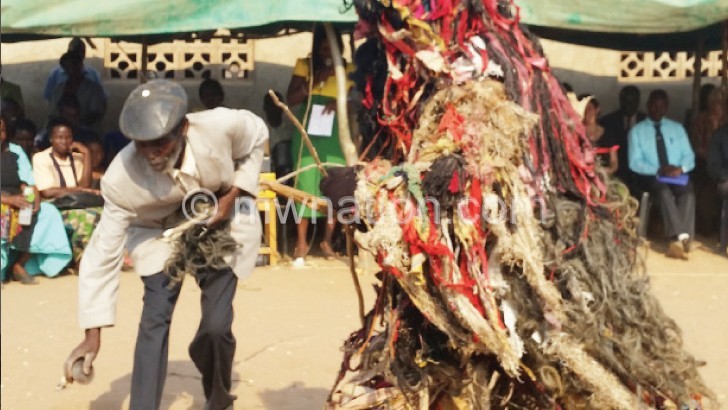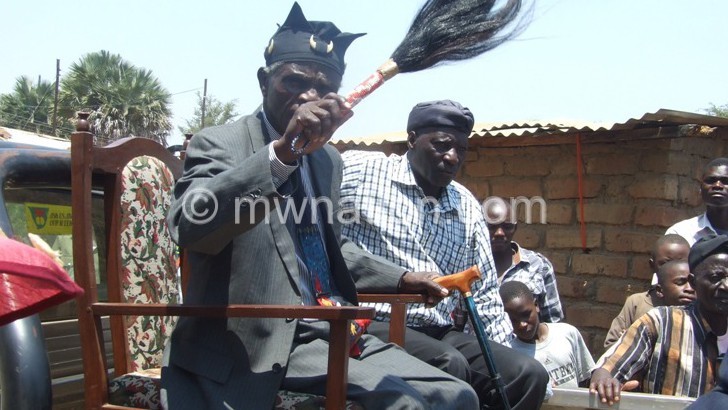Chronicling endangered music instruments

The electric guitar and piano are perhaps the two musical instruments that come to one’s mind when they think of music. However, that is not all there is to music. Back in the days, music relied heavily on acoustic instruments. Most of these instruments were hand-made from locally found materials.
There is, however, a growing fear that such instruments are slowly becoming extinct.
In an effort to preserve these musical instruments, ethnomusicologist Dr Moya Malamusi who is also the band leader of Donald Kachamba Heritage Jazz Band, documented some of the musical instruments which are on the edge of extinction.
Malamusi has documented ways of preserving as well as making the instruments. He has also stated that without proper documentation and preservation, the future of such instruments depends on the ones that have the know-how of assembling and playing them.
In his documentary, Malamusi records artists who play and know how to make such instruments.
Chitata an eight note lamellophone board is perhaps one of the scarcest indigenous musical instruments in Malawi. With just eight flexible small metals (usually from an old umbrella) stuck to a board which is suspended to a gourd (Chikho) to amplify the sound it makes, the instrument produces an amazing guitar-like sound.
The sizes of the small metals are different to create variations in the notes. Dr Malamusi met 68-year-old Jackson Mulipa who claimed in the documentary that he started playing the rare musical instrument when he was very young.
“I started playing when as a little boy but I have owned this instrument for 40 years. I learnt from the elders as they played it,” said Jackson.
The Bangwe board Zither is one of the many instruments that risk becoming a dinosaur. It is made of a board on which strings are attached. Rocks are placed beneath each string at varying distances to achieve a variation of notes. A metal container is then placed in the front side to create an amplifying effect.
The Bangwe produces music that sounds more or less like a guitar. In his documentary, Malamusi speaks to Labison Mpotandebvu, a meticulous Bangwe player from Chibunthu Village in T/A Kalolo in Lilongwe.
The Mang’anja people have a rich culture and are well known for their unique musical instruments. One instrument the Mang’anja are well known for is the Alimba, a one note xylophone.
Alimba
is made of a wooden rod that is suspended on a gourd to amplify the sound. An orchestra of differentAlimba xylophones is used to create variations. Malamusi met such an orchestra in Ntuwanjati Village, T/A Kunthembwe in Blantyre. It was led by 46-year-old Chimwala Waison.
Nkangala musical bow is another endangered instrument. It is made of a bamboo reed which is made like a bow by a fishing wire to produce a sound. A player of this instrument attaches one end of the bow in his mouth and uses fingers on the other end to create variations. This instrument is meant for close range audiences as the sound is amplified by the aid of the mouth—unless a microphone or other similar devices are used.
Malamusi did not just research and document on these instruments, he set up Jacaranda Museum of Ethnographic objects in Chileka, Blantyre where most of these rare musical instruments are found.





